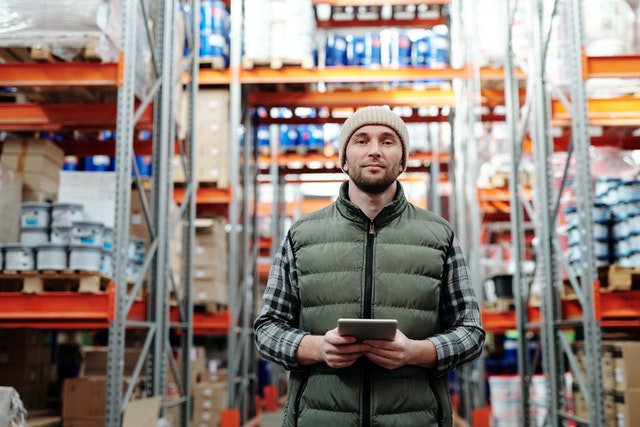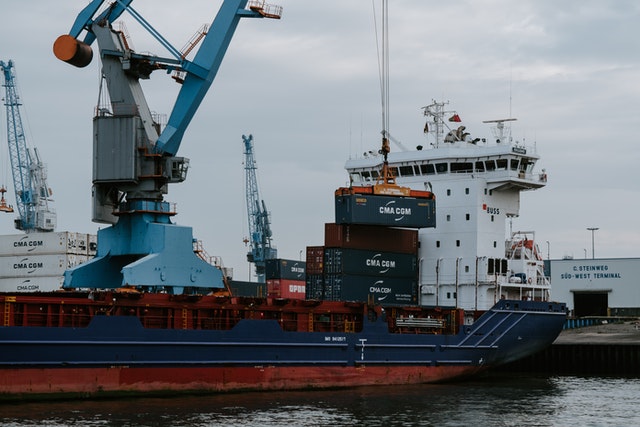Anyone working in container unloading, or indeed any facet of the logistics and supply chain industry will undoubtedly be aware of the monumental leaps that have occurred in the space thanks to automation. The notion of automating various processes and procedures is not exactly the newest of concepts, especially in industries where heavy lifting and machinery are already taking over manual labour.
However, the leaps being made in the realm of container unloading and the logistics industry in general cannot be overlooked – particularly in the wake of the pandemic that has exponentially increased the veracity and necessity for quick, efficient, and reliable logistics practices.
This article will be going over a few of the ways automation has seeped into the logistics industry, with special attention being paid to the container unloading practices and benefits therein. No doubt many people who order products online have no idea just how intense and scalable container unloading can be, hopefully this will shed some light on it.
Firstly, What Is Container Unloading?
First off, let’s get a proper definition of the concept as it will be referred to throughout this article. Shipments that arrive in the major ports around the world will typically have a system in place for container unloading which is the act of properly and safely retrieving the multitude of storage boxes that arrive on a shipment. Typically, the process also includes the placement of the boxes to another form of transport for the next leg of their journey.
While that sounds rather straightforward, some ships can contain an extremely large number of boxes in a shipment, a shipment of 20,000 boxes for instance can take a long time to properly disembark in an organised and efficient manner. Container unloading is a crucial part of the shipping process, with air freight still being a more expensive option and not nearly as capable of mass-movement of goods.
Automation & Advancing Ability

Here we enter the magic that is automation processes and the conveniences it offers for the industry and for clients on all sides of the equation. One can already see why automation can make the job a lot easier for everyone.
The safety aspect of dealing with an inundation of product can be hazardous without assistance. AGVs or Automated Guided Vehicles are already becoming more commonplace in major ports and hubs for the purposes of container unloading. Utilising machine learning and programmable logic controllers, these vehicles are able to cut out a lot of the legwork and cumbersome busywork that used to plague the efficiency of ports and deliverables.
Logistics & The Future
The e-Commerce boom is not going away – in fact, the platforms and popularity of purchasing and shipping online is increasing with each passing year. Ports and supply chains will have to become more adaptable, more agile, and expansive if customers and clients are to remain happy and returning.
Container unloading may not be the poster child of the supply chain, but without effective measures and efficient processes – there wouldn’t be a supply chain.
